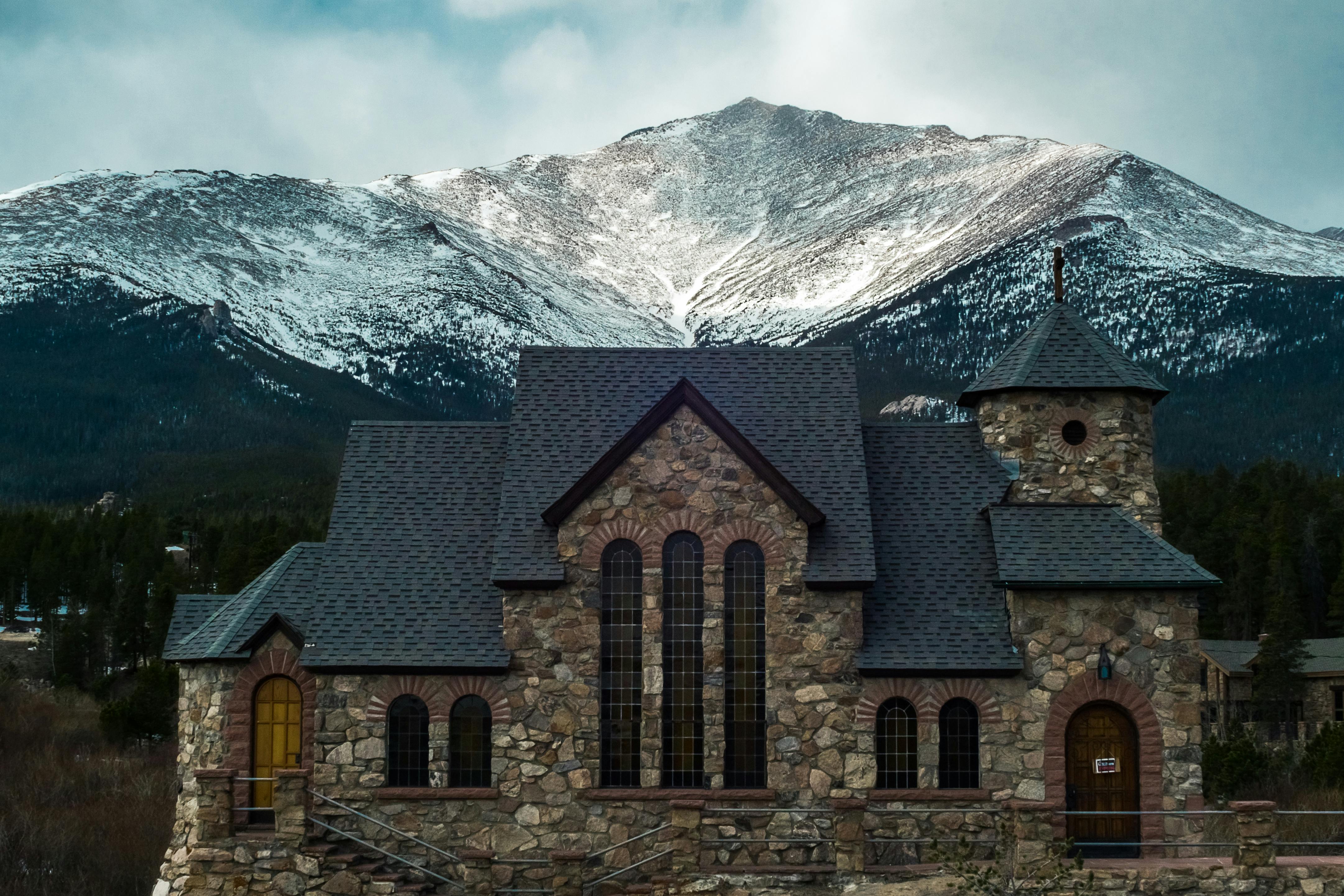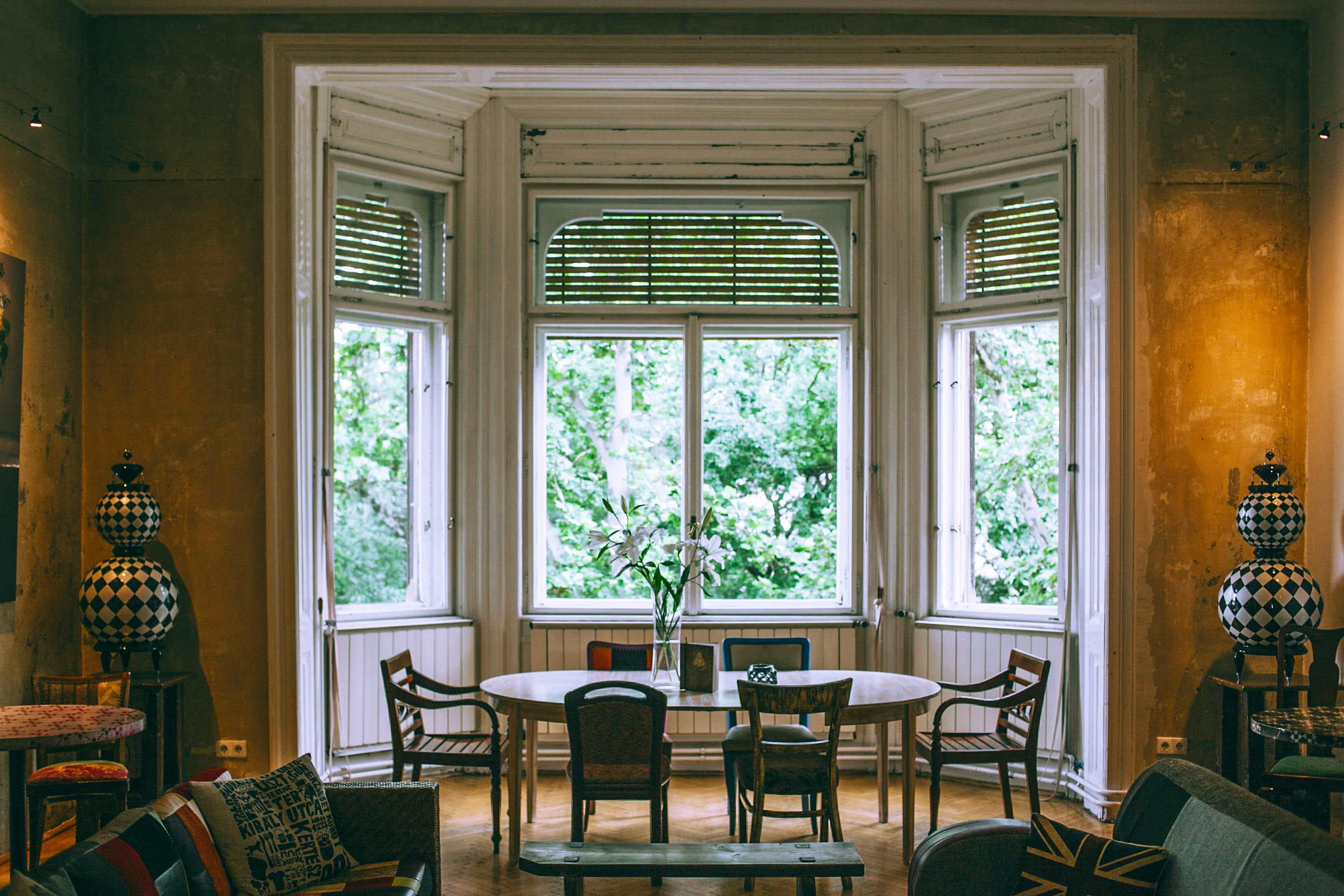Tired of paying monstrous electric bills, you’ve decided to go solar. Solar panels, however, are not exactly to your taste. Don’t worry, you can go solar without them.
Solar panels are used to convert sunlight into electricity, which can be used to light and heat a home. However, they are not the only method to achieve these goals with the sun. A simple experiment you can try in your driveway will show you why.
Park your car in a sunny spot in your driveway. Go inside, mark the time, close the vents and roll up the windows. Starts to heat up pretty quickly, huh? You have just experienced a concept known as direct gain energy. The power of the sun is more than enough to create heating and lighting if it is manipulated to reach your home in the right way.
Direct profit is a concept that has been around for thousands of years. Before electricity was abundant, ancient societies planned entire structures around this concept. You can learn from their experience.
The first rule of direct gain is to focus on the south side of your house. In the northern hemisphere, the south side of any structure will receive the most sunlight during the year. If the sun doesn’t hit the south side of your house, you’ll need to move some trees and other things. Failing to do so will remove any direct gain heating options you have available. The sun must have a clear path to the south side of your structure or you can stop reading this article.
Once landscaping issues are resolved, you need to take a close look at the surface areas. Just like a car, it is important that the sun have a method of penetrating the exterior of the house. The main problem concerns the windows. Are there any and if so how big are they?
The easiest method to generate solar heat in your home is to place large windows on the south side of the house. Home Depot, here we come. To really maximize the effect, you should also have two additional components.
The first is a ventilation system that will help circulate air to the rest of the house. Temperature differences from room to room will eventually even out, but some ceiling fans can help.
The second issue to consider is your soil. Windows are cool and all, but what happens when the sun goes down? No more sunlight and no more heat. To overcome this problem, you can make improvements to the floor under the windows. Raise the rug and place some material that absorbs sunlight. Certain ceramic and masonry products will retain significant amounts of heat. As the sun hits them, they slowly warm up during the day. Once the sun goes down, they begin to give off heat, allowing you to maximize your passive solar system.
While this strategy won’t replace your traditional heating costs, it can act as a supplemental system to address heating issues throughout the day and evening. Crack your hammer and you may cut a chunk off your utility bill!


